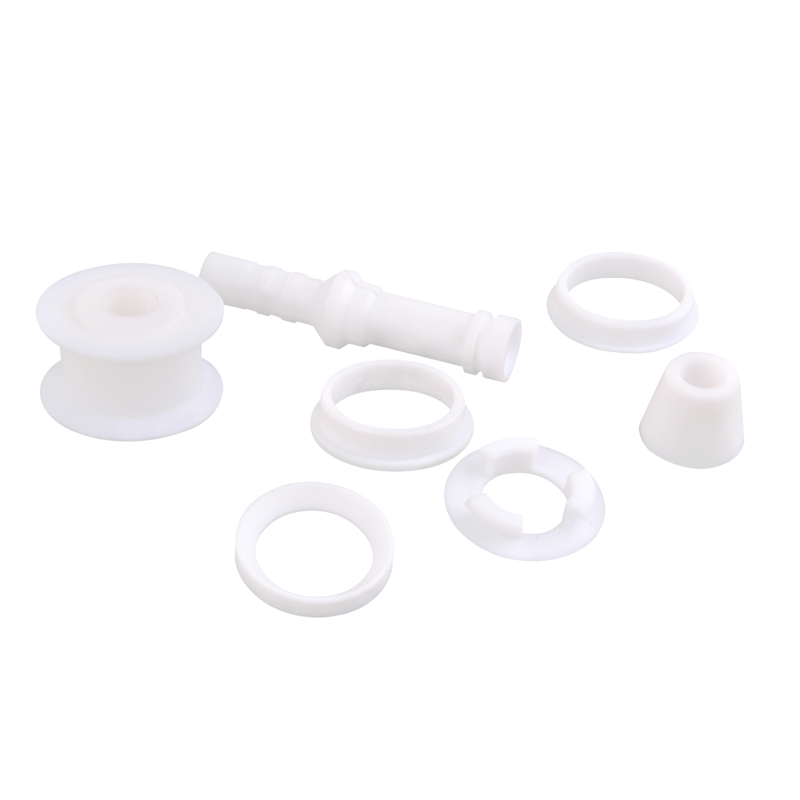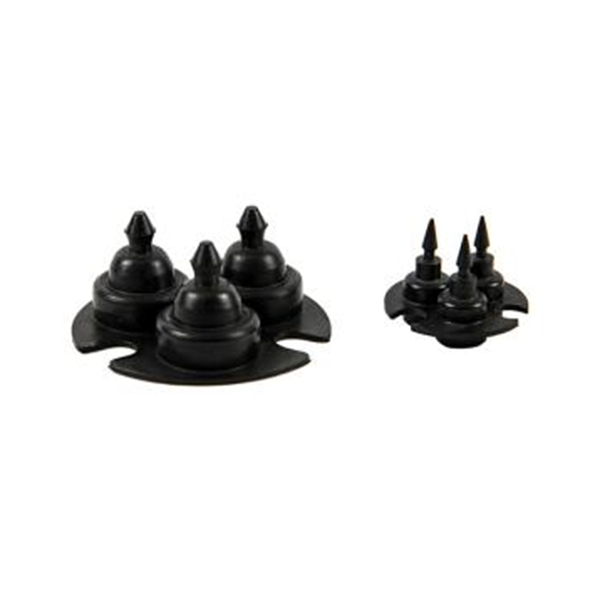Rubber Balls
Overview of Rubber Balls (NBR)
Nitrile Butadiene Rubber (NBR) balls are precision-engineered sealing components designed for high performance in demanding industrial environments. Manufactured from a durable copolymer of acrylonitrile and butadiene, these balls offer exceptional wear resistance and thermal stability. They are widely used as critical sealing elements in safety pumps, valves, hydraulic systems, and pneumatic devices, where reliable compression and leakage prevention are essential.
The Role of Rubber Balls in Industrial Applications
In fluid control systems, NBR rubber balls serve several key functions:
- Sealing Performance: They provide a tight, reliable seal under varying pressure conditions, preventing fluid bypass and ensuring system integrity.
- Flow Regulation: By seating accurately within valve housings, they enable precise control of fluid flow and shut-off functionality.
- System Safety: Their durability and chemical resistance help avoid leaks that could lead to equipment failure, product loss, or environmental risks.
Key Features of NBR Rubber Balls
Excellent Wear and Compression Resistance
NBR balls maintain their shape and sealing performance even under repeated compression cycles, ensuring long service life.
High Heat Tolerance
Suitable for use across a broad temperature range, these balls perform consistently in both high and low thermal environments.
Broad Material Compatibility
They exhibit strong resistance to oils, fuels, water, and many chemicals, and are compatible with a variety of plastics and metals commonly used in system construction.
Precision Tolerances
Despite their softness, NBR balls can be manufactured to tight dimensional tolerances, enhancing sealing effectiveness and operational reliability.
Technical Specifications and Selection Guidelines
When selecting NBR rubber balls for industrial applications, consider the following:
- Material Grade: Ensure the NBR compound is appropriate for the fluid type (e.g., oil, water, chemical) and temperature range.
- Size and Roundness: Dimensional accuracy is critical to achieve proper seating and function within the assembly.
- Pressure and Temperature Ratings: Verify that the balls can withstand system operating conditions.
- Industry Compliance: Select products that meet relevant international standards for quality and safety.
Maintenance and Replacement
To sustain system performance:
- Routine Inspection: Periodically check for signs of wear, flattening, or surface cracking.
- Replacement Schedule: Replace balls when wear affects seal quality or operation becomes inconsistent.
- Proper Storage: Keep in a cool, dry place away from direct sunlight, ozone, or extreme temperatures to avoid premature aging.







